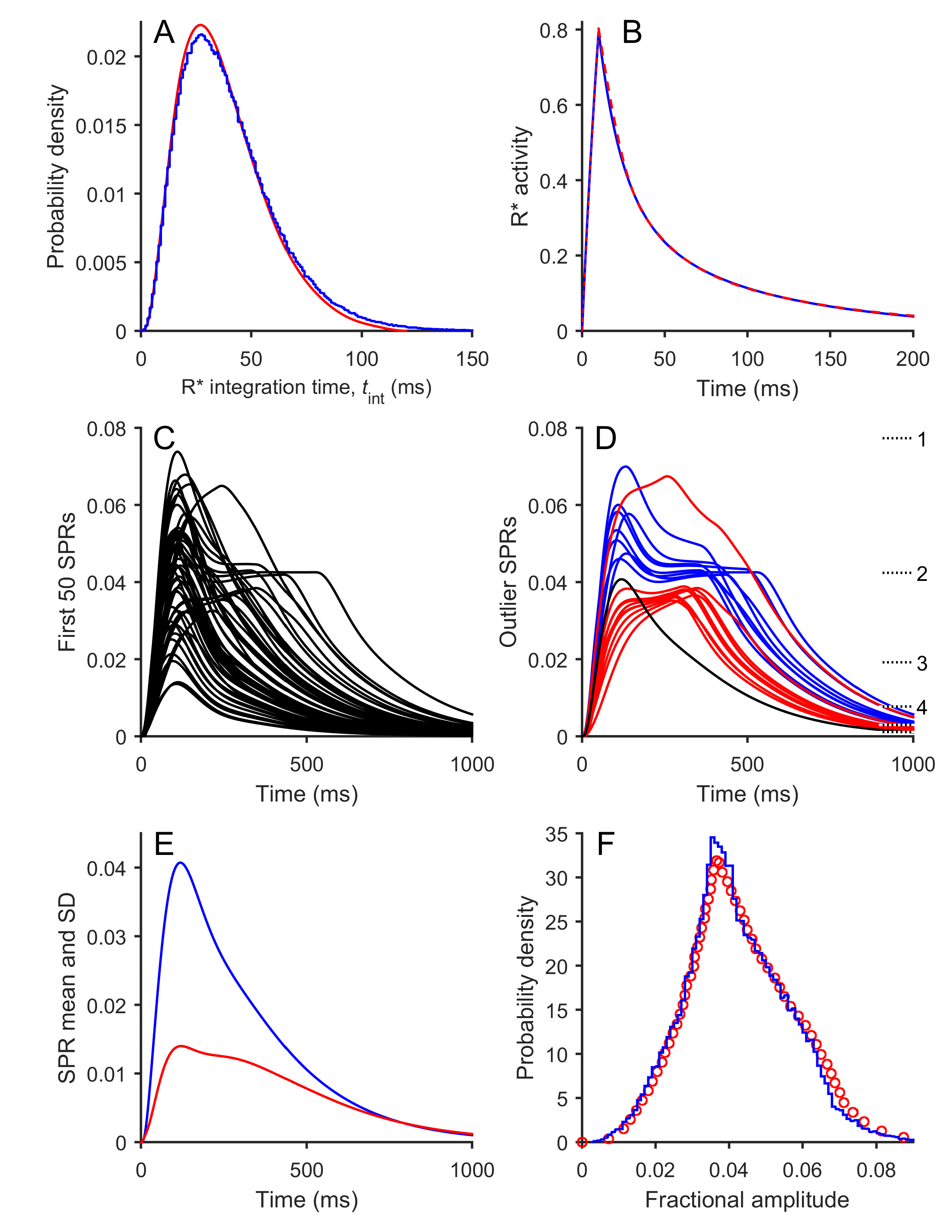Figure 2. Results of simulation of Model 1 (Graded R* shut-off model). The equations for Model 1 were simulated numerically using stochastic
parameters
n = 6,
M = 3, ν
max = 80 s
−1, μ = 20 s
−1, and ω
P = ω
G = 1 (
Table 1); the flash duration was set to 10 ms. The downstream parameters are given in
Table 2, with α
max = 150 µM/s, β
Dark = 4 s
−1, and β
sub = 0.063 s
−1. The number of simulations of R* activity in panels
A and
B was 10
6, while for the subsequent panels the downstream reactions were integrated using the first 50 R* simulations (
C), the first 200 R* simulations (
D), or the first 10
5 R* simulations (
E and
F).
A: Distribution of times to Arr binding for the 10
6 simulations (blue trace). The red trace is the corresponding curve from the simulations of Gross et al. [
11] plotted in their illustration 6E.
B: Mean
R*(
t) time course for the 10
6 simulations (blue trace). The red trace is the corresponding curve from the simulations of Gross et al. [
11] plotted in their Supplementary illustration S2C.
C: The first 50 simulated SPRs.
D: Sample “outlier” SPR responses, selected as described in the text from the first 200 R* simulations. Blue: The 10 SPRs with
the longest times in state R*·P(2). Red: The 10 SPRs with the longest time-to-peak. The horizontal dotted lines at the right
indicate the steady-state levels reached with very long dwell times in each of the states R*·P(
n) . These levels have been numbered for
n = 1 – 4, but are not numbered for 5 or 6. The level for state R*·P(0) is above the top of the vertical scale, at 0.114.
E: Time course of the mean (blue) and SD (red) for the ensemble of 10
5 simulated SPRs.
F: Probability distribution of the peak amplitudes for the 10
5 simulated SPRs (blue). The red circles show the corresponding histogram plotted by Gross et al. [
11] for their simulations in their illustration 6E.
 Figure 2 of
Lamb, Mol Vis 2016; 22:674-696.
Figure 2 of
Lamb, Mol Vis 2016; 22:674-696.  Figure 2 of
Lamb, Mol Vis 2016; 22:674-696.
Figure 2 of
Lamb, Mol Vis 2016; 22:674-696. 